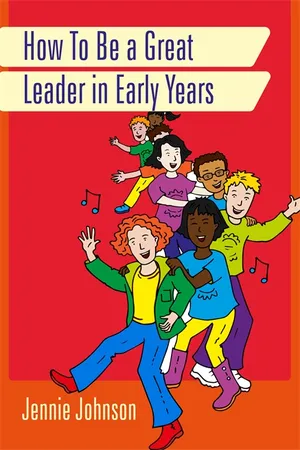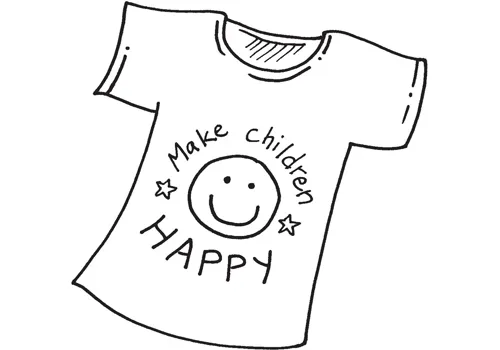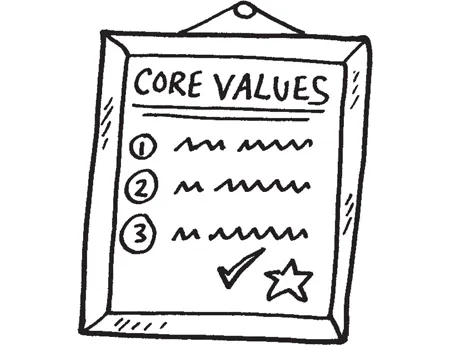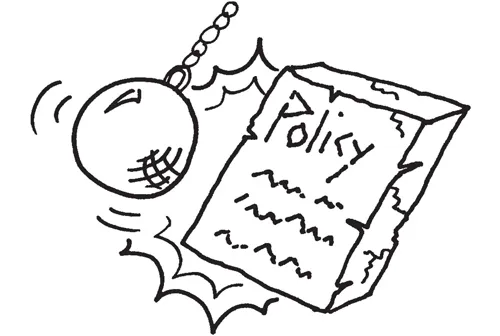
This is a test
- 128 pages
- English
- ePUB (mobile friendly)
- Available on iOS & Android
eBook - ePub
How to Be a Great Leader in Early Years
Book details
Book preview
Table of contents
Citations
About This Book
A go-to guide for early years professionals, this book will help you to enhance your leadership skills.
How to Be a Great Leader in Early Years enables you to reflect on your approach to leadership. In doing so it allows you to identify the qualities that make you a good leader and to think about ways to improve. Drawing on insights gained from founding her own award-winning childcare service, Jennie Johnson offers a range of practical strategies to help you become a better leader, inspire others and maintain a first-rate service.
This book is for anyone with an interest in how outstanding childcare settings are led, including nursery owners, nursery managers, unit/room leaders and early years practitioners.
Frequently asked questions
At the moment all of our mobile-responsive ePub books are available to download via the app. Most of our PDFs are also available to download and we're working on making the final remaining ones downloadable now. Learn more here.
Both plans give you full access to the library and all of Perlego’s features. The only differences are the price and subscription period: With the annual plan you’ll save around 30% compared to 12 months on the monthly plan.
We are an online textbook subscription service, where you can get access to an entire online library for less than the price of a single book per month. With over 1 million books across 1000+ topics, we’ve got you covered! Learn more here.
Look out for the read-aloud symbol on your next book to see if you can listen to it. The read-aloud tool reads text aloud for you, highlighting the text as it is being read. You can pause it, speed it up and slow it down. Learn more here.
Yes, you can access How to Be a Great Leader in Early Years by Jennie Johnson in PDF and/or ePUB format, as well as other popular books in Education & Leadership in Education. We have over one million books available in our catalogue for you to explore.
Information
Topic
EducationSubtopic
Leadership in EducationDoing Things
1
Have a Primary Purpose

YOUR primary purpose should be the shared reason everyone at the nursery gets out of bed in the morning and comes to work aiming to deliver. If you ask my team what we do, they will answer ‘We make children happy’.
Making children happy is our primary purpose. We keep this as a central focus of everything we do. This helps us stay true to our beliefs and to deliver fantastic childcare. It is the starting point for a shared purpose that focuses your team on the right things. If you don’t have one, work with your team to come up with one. For a primary purpose to be on the tip of everybody’s tongue, a jumbling sentence is not ideal. The shorter the better.
2
Have Clear Values for Your Nursery

TO ACHIEVE your primary purpose, you must define your values. Another way to think about your values is to consider your nursery’s ‘attitude’ or sense of purpose.
If you don’t already have documented values, it is best to work with your team to develop them rather than imposing them on your team without discussion. It is important that the whole team has a sense of ownership of the values, and having the team involved in creating them is the best way to achieve this.
What do you and your nursery stand for? What values do you believe in? Keep them simple and few. Too many or too lengthy and they will become difficult to remember. If the team can’t easily recall them, how are they to live and breathe them?!
Once you have established your nursery values, then your job descriptions, disciplinary procedures and the like should incorporate them. The values should be prominently displayed so that customers are aware of them and can see them as being fundamental to all you do for their children. Most importantly, your recruitment should be focused on finding great people who share those same values.
3
Have a Rhythm, Have a Way of Doing Things
WE CALL IT ‘The Kids Allowed Way’. By listening, reflecting and reviewing regularly, these are the things we consider to be best practice and it’s the way we do things. Consider where you can be clear about the way you do things:
•How do you conduct mealtimes?
•How do you handle activity planning?
•How to you induct new team members?
•How you settle new families?
•How do you do your transitions to school?
The more things you have a particular way of doing, the more smoothly your nursery will run. Like a well-oiled machine, it will have a good rhythm; children will know and enjoy the rhythm of the day and so will the team.
Routines are good but should not be regimented to strict times of the day. We prefer to look at a room’s routine as a timeline, recognising that the exact timing may ebb and flow a little as no two days are exactly the same.
When everyone knows what they are doing, what their part is in the bigger picture and what is expected of them by your own nursery’s way of doing things, the whole environment will be calmer and there will be a natural rhythm to the day. A nursery with rhythm is a much better place to work than a nursery that stumbles from one crisis to the next!

4
NOT Because We Have Always Done It That Way!

WHEN WE SET UP our nursery, we were new to childcare. We asked lots of questions, especially about why things were done in a certain way. You would be amazed how often the answer was ‘because we do’ or ‘because we have always done it that way!’ These are not answers. They probably mean the person has no real reason for doing something. If you find yourself saying this to someone, stop. Challenge yourself to give a meaningful answer. If you don’t know why you are doing something, or you don’t know why you are asking your team to do something, it is highly likely it is something that doesn’t really need to be done.
We once had a process that we followed for around five years before someone asked ‘why?’ It was a mistake made in the writing of the procedure and because it wasn’t challenged, or noticed, we continued doing it for no good reason. It didn’t harm anyone, but it did create unnecessary work! Now one of our mantras is ‘challenge the nonsense’.
5
Ensure You Are Compliant with Your Regulatory Requirements (But Dance to Your Own Tune)
IN ENGLAND, it is currently Ofsted who enforce regulatory requirements. Most countries have a regulatory body for childcare. As a minimum we must meet regulatory requirements and have robust procedures in place to protect ourselves and the children in our care.
Our sector has had to respond to numerous changes of direction by Ofsted in the last seven years. These changes are not necessarily better for the children. Although Ofsted are officially an independent body, the criteria against which they inspect and grade educators, is imposed by the government of the day. Childcare in the UK is high up on the political agenda, so the frequently changing tune that Ofsted would have us dance to is blatantly politically motivated.
I found myself saying once too often ‘what will Ofsted think?’ instead of ‘what is right for the children?’ Once I liberated myself from worrying about them, keeping ‘children at the centre of all we do’ was easy. We know that we already comply with all of the minimum regulatory requirements, and in fact our standards are much, much higher than the minimum standards set by the government. So, instead of allowing ourselves to be steered by whatever gimmick is currently in favour with Ofsted, we get better every day at delivering our own brand of childcare, based on our own values and beliefs. We dance to our own tune.
6
Don’t Use ‘Health and Safety’ as an Excuse

NEVER SAY the reason for not doing something is ‘health and safety.’ It’s a meaningless excuse. There should always be a valid explanation for why something is or is not done. For example, we put lids on hot drinks for parents, and hot drinks are not allowed in the children’s rooms. We don’t have this rule ‘for health and safety reasons’. It is to ensure hot drinks are not spilled on the children. Use common sense and plain language. We have to come out from behind this age-old excuse and look carefully at what we do and why – or why not!
We are all concerned with the safety and well-being of children, parents, colleagues and visitors...
Table of contents
- Cover
- Of Related Interest
- Title Page
- Copyright
- Contents
- Introduction
- Your Way of Doing Things
- Your Leadership Style
- Your People
- Your Customer
- About the Author